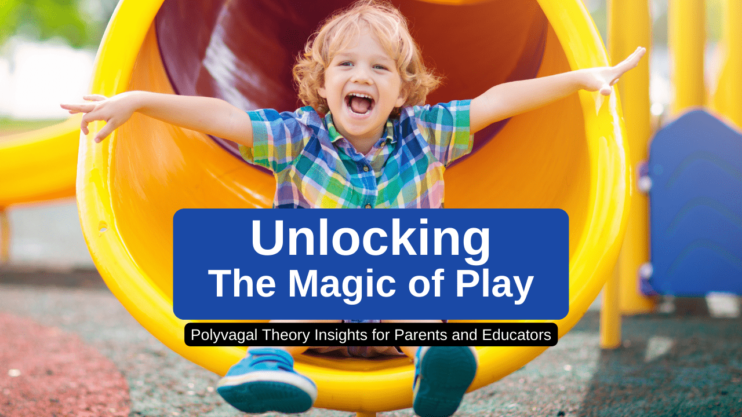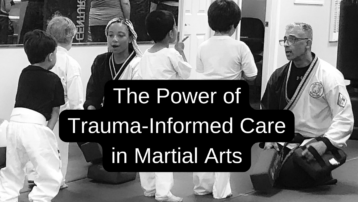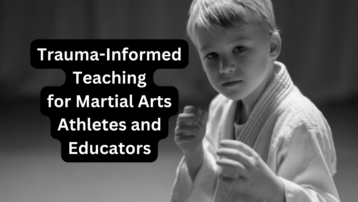Hello dear parents and educators!
Recently, in a course I’m taking called “Trauma Informed Teaching,” taught by the insightful Ryhan Nadji, I stumbled upon something magical and transformative. And I just couldn’t wait to share it with all of you. Have you ever wondered why play is so important for our kids? Beyond just the giggles and adventures, there’s a fascinating scientific dimension to it. Let’s delve into Stephen W. Porges’ Polyvagal Theory and see how play acts as a “neural exercise”. No worries, we’re keeping this simple and friendly!
What is the Polyvagal Theory?
Dr. Stephen Porges introduced the world to the Polyvagal Theory, providing a fresh lens on how our nervous system functions. It essentially maps out our body’s automatic responses to threats or challenges. Think of it like our body’s internal “safety radar”, always scanning for signals of safety or danger.
Here’s a quick rundown:
- Social Engagement System: Activated when we’re feeling safe. This is the beautiful space where we connect, share laughs, and of course, play.
- Sympathetic Nervous System: This is our “fight or flight” mode. Remember those times you wanted to either confront a situation or just run away from it? That’s this system kicking in.
- Dorsal Vagal System: When everything gets too overwhelming, this system jumps in, making us feel like we just want to shut down.
The Playful Connection
Play naturally stimulates our Social Engagement System. When children lose themselves in playful worlds, they’re not just playing. Their brains are actively practicing feelings of safety, connection, and engagement.
- Strengthening Connections: Through play, they’re learning how to understand emotions, connect with others, and interpret facial expressions.
- Safety First: Play allows kids to repeatedly activate feelings of safety, teaching their nervous system to recognize what safety feels like.
- Building Resilience: Play equips them with tools to face and overcome challenges, nurturing resilience and confidence.
A Few Takeaways for Us
As guardians of these young, imaginative minds, what can we learn from the Polyvagal Theory?
- Create Safe Havens: Ensure play areas, whether at school or home, exude warmth and safety. This sets the stage for their Social Engagement System.
- Champion Diverse Play: Encourage a variety of play activities. The broader their play experiences, the richer their emotional and social growth.
- Join the Fun: Occasionally, become a playmate. This not only fortifies your bond but also acts as a social model for them.
Bonus: The Polyvagal Theory on Play for Adults
Now, while we’re all grown up, the Polyvagal Theory isn’t exclusive to children. Us adults need our play too!
Have you ever noticed that activities, which we might refer to as our “hobbies” or “passions”, feel remarkably like play? For me personally, it’s the art of Jiu Jitsu and grappling. Engaging in these activities is more than just fun or a way to blow off steam. It’s our brains seeking that same neural exercise, that same connection and engagement that we so loved as children.
When adults immerse themselves in activities they love:
- Neural Connections are Enhanced: Our brain stays sharp, and our neural pathways become more connected.
- Emotional Balance: Activities we love can help regulate our emotions and keep stress at bay.
- Social Engagement: Whether it’s a team sport, a dance class, or a book club, these activities allow us to engage with others, fostering a sense of community and belonging.
So, next time you feel guilty about taking that dance class, going for a swim, or in my case, engaging in a session of Jiu Jitsu, remember: it’s your neural workout, keeping you engaged, connected, and most importantly, young at heart!
In wrapping up, play isn’t just about fun and games for kids. For all of us, it’s a pivotal neural exercise shaping our nervous system, emotional health, and social capabilities. Play on!
With playful wishes,
Peter




